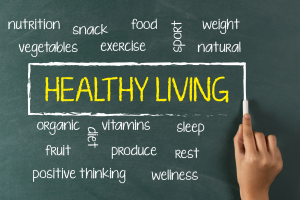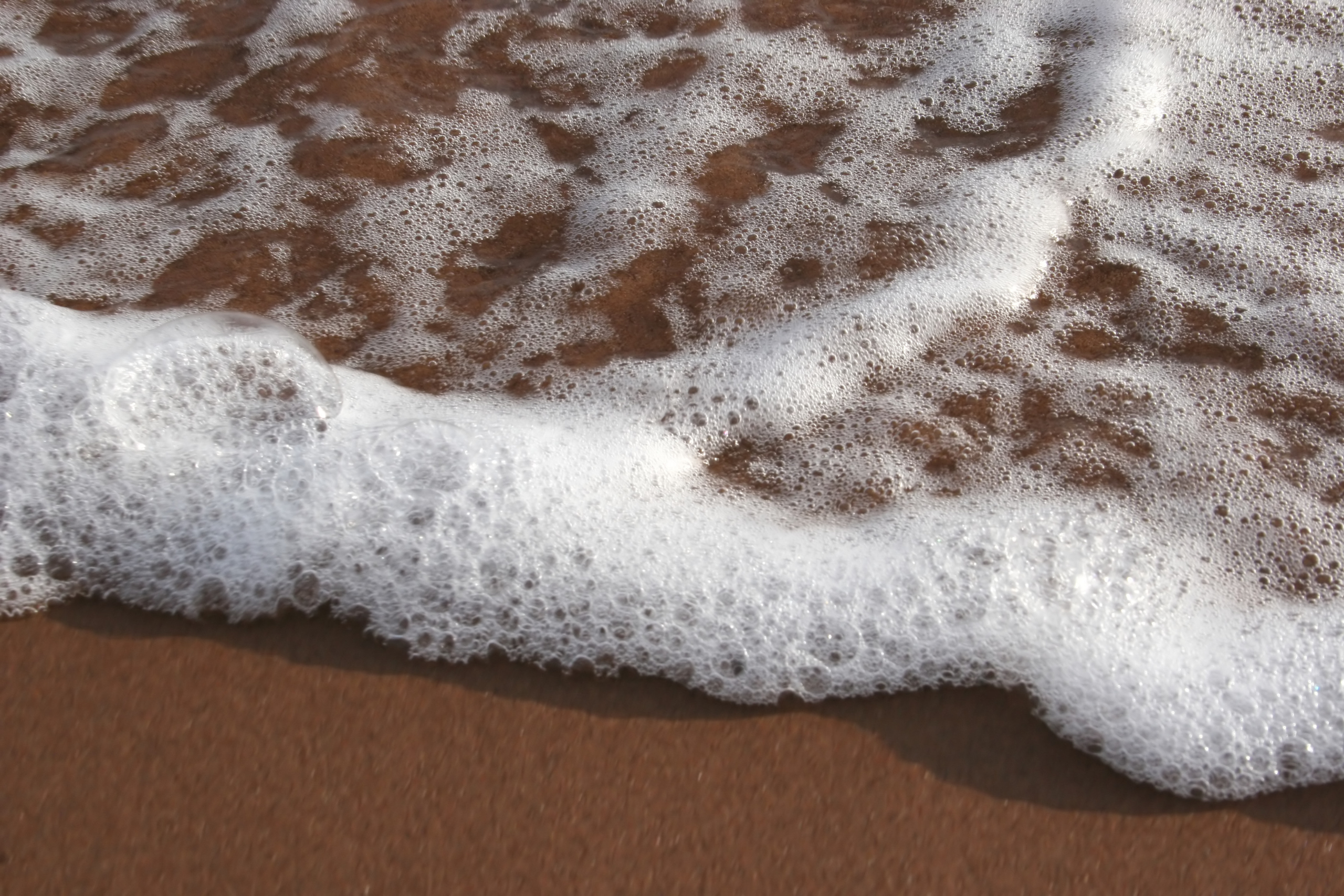
Did you know that the U.S. has banned a whopping 11 chemicals out of tens of thousands used in everyday products? Yep, just 11. Meanwhile, over in the European Union, they’ve said “nope” to 1,300 of these chemical culprits.
Why is this a problem? Because most U.S. consumers believe that products on our store shelves and online stores are made from ingredients that have been deemed safe by the government. When in fact, chemicals aren’t tested for long-term harm unless enough complaints pile up at the FDA.
(Translation: People get sick, and then the testing starts. Super comforting, right?)
The good news? There are amazing advocacy and research groups working to make sense of all this. But figuring out which chemicals to avoid and what to use instead can feel like solving a 10,000-piece puzzle.
Even handy apps like Yuka and the EWG Healthy Living app don’t cover everything. So, after a bunch of late-night Googling and nerding out over ingredient labels, I created this cheat sheet of toxic troublemakers that I collated from multiple environmental health organizations.
Ready to detox your life?
Let’s do it together. Check out my low-tox products shop that contains products that I've tried and chosen for my family based on the product's ingredients and performance. Reach out if you feel like you need extra guidance. I'm happy to help!
I only share products that meet my high standards and have none of the below listed ingredients so that you don't have to spend as much time and money trying to find healthier products that actually work!
Chemicals of Most Concern
Risks: Hormone disruption, linked to breast cancer.
Often found in: shampoo, conditioner, skincare.
Source: Darbre, P. D., & Harvey, P. W. (2008). "Paraben esters: review of recent studies of endocrine toxicity, absorption, esterase and human exposure, and discussion of potential human health risks." Journal of Applied Toxicology, 28(5), 561-578.
Risks: Endocrine disruptor, reproductive issues, linked to birth defects.
Often found in: fragrances, cleaning products, cosmetics, children’s toys, medical devices, plastic packaging, containers, vinyl products (flooring, curtains, raincoats).
Source: Hauser, R., & Calafat, A. M. (2005). "Phthalates and human health." Occupational and Environmental Medicine, 62(11), 806-818.
Risks: Carcinogenic, respiratory issues, skin irritation.
Often found in: baby care products, upholstery cleaners, air fresheners, household cleaners/disinfectant, cosmetics, skincare.
Source: IARC Working Group on the Evaluation of Carcinogenic Risks to Humans. (2006). "Formaldehyde, 2-butoxyethanol, and 1-tert-butoxypropan-2-ol." IARC Monographs on the Evaluation of Carcinogenic Risks to Humans, 88, 39-325.
Risks: Hormone disruption, environmental toxin, may contribute to antibiotic resistance.
Often found in: deodorants, antipersperents, kitchenware, cutting boards, textiles, athletic ware, toothpaste, mouth wash, cosmetics.
Source: Dann, A. B., & Hontela, A. (2011). "Triclosan: environmental exposure, toxicity, and mechanisms of action." Journal of Applied Toxicology, 31(4), 285-311.
Risks: Skin irritation, potential contamination with carcinogens.
Often found in: laundry detergent, bubble bath, household cleaning, toothpaste, facial cleansers, body wash, shampoos.
Source: Stanosz, M., Stanosz, S., & Wronska, J. (2016). "Contact allergy to sodium lauryl sulfate and sodium laureth sulfate." Postępy Dermatologii i Alergologii, 33(4), 237–242.
Risks: Skin irritant, contamination with toxic impurities like ethylene oxide (a carcinogen).
Often found in: cosmetics, pharmaceuticals, sunscreens, household cleaners, food products, haircare products.
Source: CIR Expert Panel. (2005). "Final report on the safety assessment of polyethylene glycols (PEGs)-6, -8, -32, -75, -150, -14M, -20M, etc." International Journal of Toxicology, 24(Suppl 2), 95-150.
Risks: Endocrine disruption, potential carcinogens, liver toxicity.
Often found in: food products, cosmetics, hair care products, pharmaceuticals, rubber, plastics, pet food.
Source: Lanigan, R. S., & Yamarik, T. A. (2002). "Final report on the safety assessment of BHT (butylated hydroxytoluene)." International Journal of Toxicology, 21(Suppl 2), 19-94.
Risks: Reproductive harm, respiratory toxicity, headaches, and dizziness.
Often found in: nail polish, hair color, adhesives, paint, stain removers, degreasers.
Source: Agency for Toxic Substances and Disease Registry (ATSDR). (2000). "Toluene Toxicity." Public Health Statement for Toluene.
Risks: Allergic reactions, hormone disruption, respiratory issues, contains phthalates.
Often found in: personal care products, cosmetics, household cleaners, air fresheners, pet care products, fabric softeners, food products.
Source: Steinemann, A. (2016). "Fragranced consumer products: exposures and effects from emissions." Air Quality, Atmosphere & Health, 9, 861–866.
Risks: Hormone disruption, potential developmental toxicity, linked to coral reef damage.
Often found in: sunscreens, moisturizers with spf, lip products, makeup, after-sun products, swimwear, sports products.
Source: Krause, M., Klit, A., Blomberg Jensen, M., Søeborg, T., Frederiksen, H., Schlumpf, M., Lichtensteiger, W., Skakkebaek, N. E., & Drzewiecki, K. T. (2012). "Sunscreens: are they beneficial for health? An overview of endocrine disrupting properties of UV-filters." International Journal of Andrology, 35(3), 424-436.
Risks: Carcinogenic potential, skin irritant, linked to ADHD in children.
Often found in: hair dyes, cosmetics, topical medications, textiles, plastic and rubber products.
Source: Rangan, C., & Barceloux, D. G. (2009). "Food dyes and ADHD." Clinical Toxicology, 47(9), 855-863.
Risks: Skin irritation, accelerated tumor growth when exposed to sunlight.
Often found in: anti-aging creams & serums, sunscreens, moisturizers, acne treatments, lip creams, exfoliating creams.
Source: NTP Board of Scientific Counselors Technical Reports Review Subcommittee Meeting. (2010). "Toxicology and carcinogenesis studies of retinoic acid and retinyl palmitate."
Risks: Highly persistent in the environment and the body, PFAS have been linked to cancer, hormone disruption, liver damage, immune system harm, and developmental issues.
Found in: water, water-resistant clothing, non-stick cookware, and food packaging, PFAS accumulate over time, making them difficult to avoid once absorbed. Avoid these to limit your exposure to hormone-disrupting, carcinogenic, and other health-harming chemicals in everyday products!
Source: Sunderland, E. M., Hu, X. C., Dassuncao, C., Tokranov, A. K., Wagner, C. C., & Allen, J. G. (2019). "A review of the pathways of human exposure to poly- and perfluoroalkyl substances (PFASs) and health effects associated with PFAS exposure." Journal of Exposure Science & Environmental Epidemiology, 29, 131-147.
The Bottom Line
You don’t need to ditch every toxic product overnight (that would get pricey). Start small—maybe swap your shampoo or sunscreen first.
Every little step adds up!
Check out my Ditch & Switch recommendations for easy, tried-and-true swaps that make going toxin-free simple.
You’ve got this, my chemical-fighting superhero!

